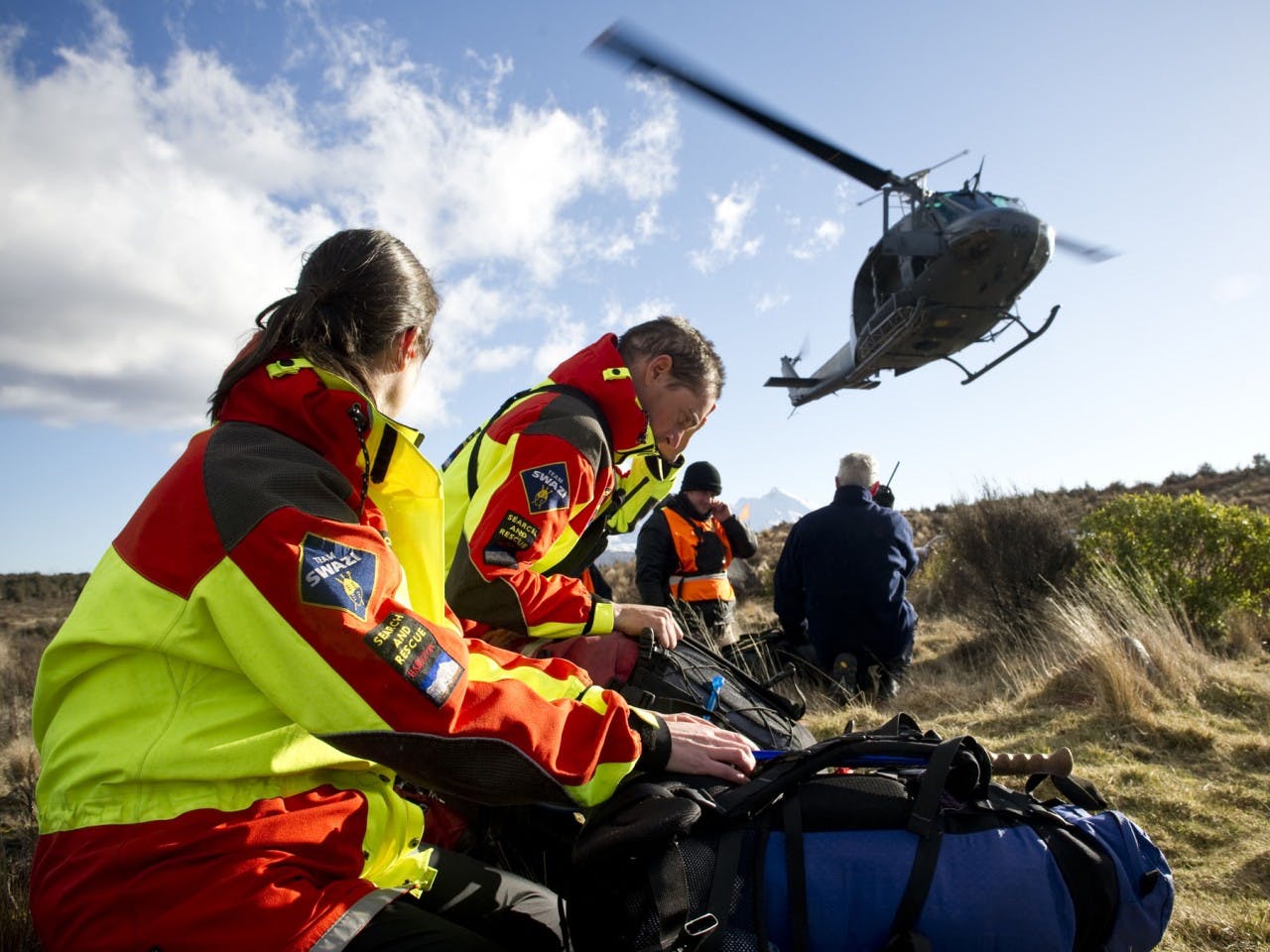It’s the advice we’ve all been given when trouble strikes: stay put.
If you’re hopelessly lost or need rescuing due to an injury, the more you move around, the harder it is for rescuers to find you.
It’s not rocket science. Or is it?
Before personal locator beacons, trampers would find clearings, create arrows out of rocks and sticks and leave bright pack liners beside a riverbed to draw attention to their location. But with PLBs becoming more common, a Wanaka LandSAR member is wondering if people are relying on the satellite-based rescue technology too much and not using their common sense to aid rescuers in finding them.
Allan Uren has been on several LandSAR operations where the parties who had activated the PLB had not moved short distances to make themselves more visible. In one case, a party of three were in Hidden Falls Creek, Fiordland, when they activated their beacon. But rather than move 50-100m downstream to a clearing, they remained under cover of trees.
“It was really weird that the injured person could still walk and nobody had scoped out a place for the helicopter to land on the right side of the river so we could pick him up easily,” said Uren.
“It’s something I’ve noticed with people who activate their beacons; they are not making it easy to be found and are possibly relying on technology too much.”
Uren isn’t advocating moving when it is dangerous to do so. He wants people to realise that technology can fail and the New Zealand bush and terrain can make it tricky for searchers to hone in on a beacon.
That’s why it’s important that those calling for help do their bit to help rescuers locate them.
If you’re in the bush, Uren suggested finding a clearing, usually in a creek or riverbed. In the mountains, moving to a ridge or a flat area large enough for the helicopter to land would help rescuers spot you.
If the injured person is not able to be moved and someone can stay with them, one person could take the PLB to a clearing and then guide rescuers once they arrive.
With night vision equipment, rescuers can see a lit cellphone screen and the reflective tape on packs and jackets from up to 1km away.






